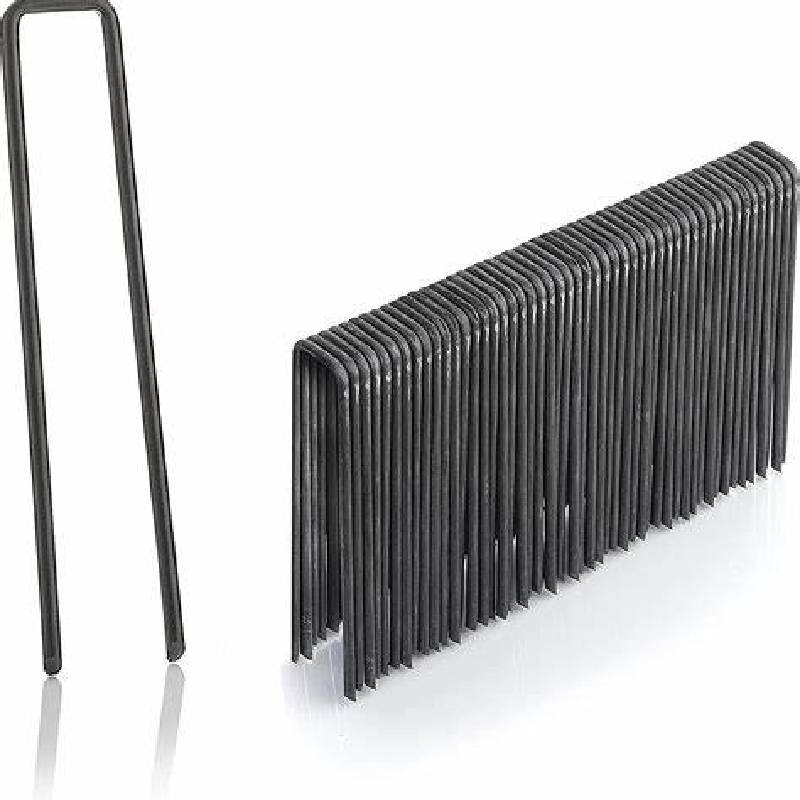
- Mobile Phone
- +8613931874955
- sales@cntcmetal.com
Understanding the Mechanics and Applications of Double Coil Springs in Engineering
Understanding Double Coil Springs Design, Function, and Applications
Double coil springs, also known as double helical springs, are a fascinating mechanical component that plays a significant role in various engineering applications. These springs consist of two helical coils that are wound together, allowing them to provide enhanced strength and flexibility compared to their single-coil counterparts. This unique design enables double coil springs to perform exceptionally well under compression and tensile forces, making them invaluable in numerous industries.
The fundamental principle behind double coil springs is rooted in the physics of elasticity. When a force is applied to the spring, it deforms, and upon the removal of that force, it regains its original shape. This behavior is characterized by Hooke's Law, which states that the force exerted by a spring is directly proportional to its deformation. In double coil springs, this principle is accentuated due to the interaction of the two coils, allowing them to distribute stress more evenly and absorb vibrations effectively.
One of the primary advantages of double coil springs is their ability to support heavier loads without compromising on performance. The dual coils provide greater surface area and distribution of stress, reducing the likelihood of failure under extreme conditions. This is crucial in applications such as automotive suspensions, where the springs must endure repeated stress and strain from the vehicle's weight and road irregularities. By utilizing double coil springs, manufacturers can enhance the durability and performance of their products, resulting in a smoother and safer ride.
double coil spring

Another significant application of double coil springs can be found in industrial machinery. Many machines rely on springs to maintain tension, absorb impacts, or control movements. In conveyor systems, for instance, double coil springs can help maintain the tension of the belts and enable smooth operation. Their robust design ensures that these springs can endure the rigors of continuous use, ultimately leading to increased efficiency and reduced downtime for maintenance.
Moreover, double coil springs are also widely used in consumer products such as mattresses and office chairs. The comfort provided by these items often depends on the spring system within them. The dual-coil construction allows for better contouring to the body, offering support while also allowing for comfortable movement. This is particularly important in ergonomic designs, where user comfort and support are paramount.
In terms of manufacturing, double coil springs can be made from various materials, including high-carbon steel, stainless steel, and even specialized alloys. The choice of material is critical, as it affects the spring's strength, flexibility, and resistance to environmental factors such as corrosion and heat. Advanced manufacturing techniques, including computer-aided design (CAD) and automated winding machines, have enhanced the precision and consistency of these springs, ensuring that they meet the stringent demands of modern applications.
In summary, double coil springs are an essential component in many mechanical systems. Their unique design offers numerous advantages, including improved load-bearing capabilities and enhanced durability. Whether in the automotive industry, industrial machinery, or consumer products, the role of double coil springs in enhancing performance and comfort cannot be overstated. As technology advances, the demand for innovative spring designs will continue to grow, solidifying the importance of double coil springs in engineering and manufacturing.
share:
-
Your Source for Concrete Wall Ties and Masonry AccessoriesNewsJul.10,2025
-
Unlocking the Power of Iron Wire for Every ProjectNewsJul.10,2025
-
Explore Advanced Chain Wire and Stainless Steel Mesh FencingNewsJul.10,2025
-
Discover the Benefits of Annealed Wire ProductsNewsJul.10,2025
-
Discover China Stainless Steel Wire Mesh SolutionsNewsJul.10,2025
-
Build with Confidence Using High-Performance Masonry AccessoriesNewsJul.10,2025
-
Why Sacrificial Formwork Is Redefining Underground ConstructionNewsJun.06,2025



















